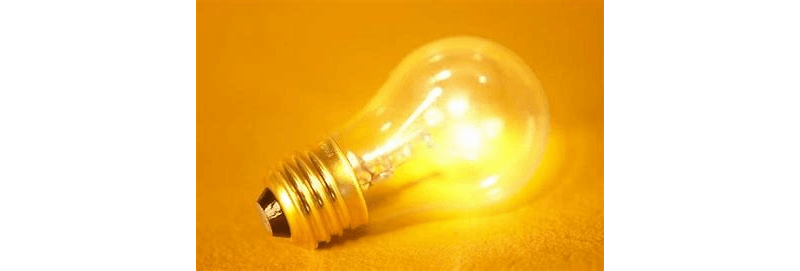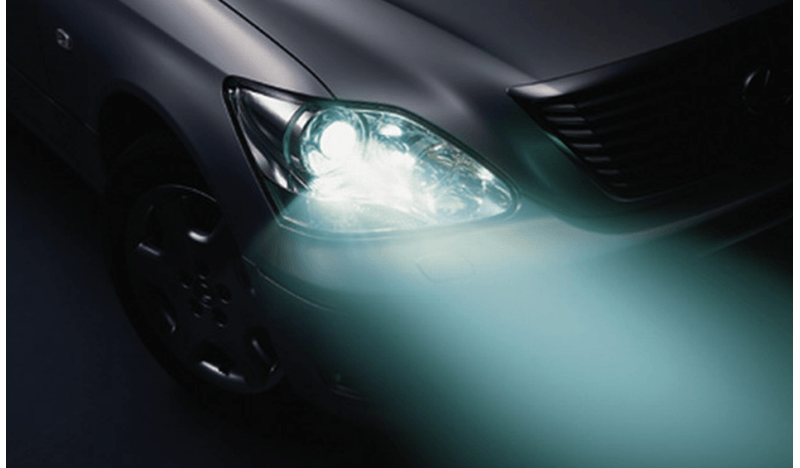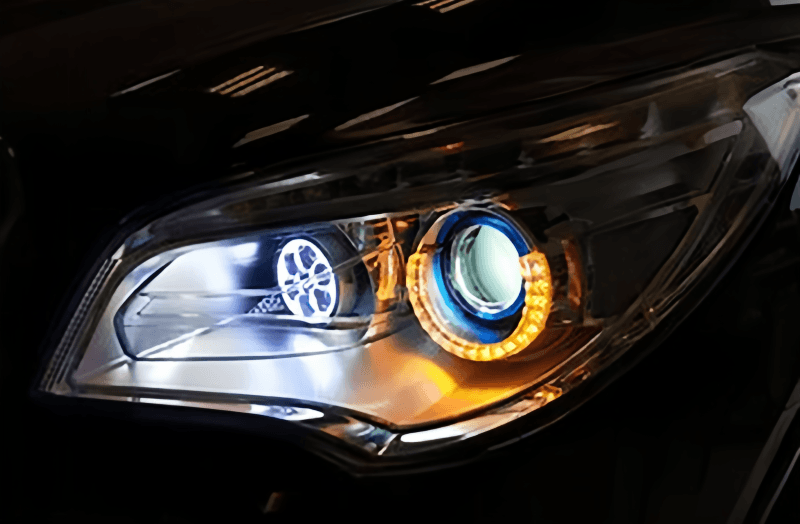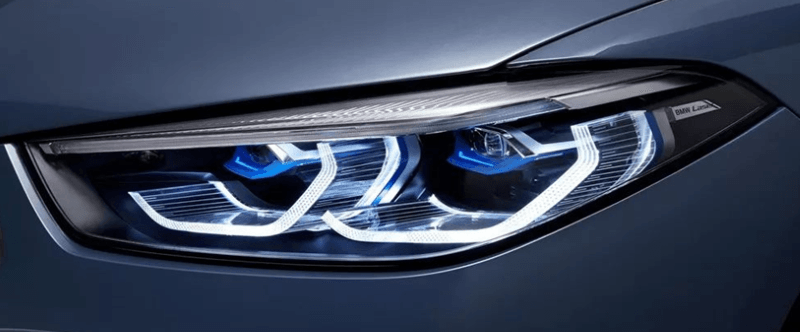When you drive, you see car lights everywhere. In fact, car lights are far more vital than you may imagine. Based on pertinent data, many road accidents are caused by inadequate lighting.
How much do you know about the history of automotive lighting development? Allow me to give you a brief introduction.
When cars were first created, the designers' first priority was to make the car move forward swiftly and steadily. Automotive lights were rudimentary since no one emphasized them, and they developed gradually through use.
In the late nineteenth century, kerosene lamps, which used kerosene as fuel, were popular. Kerosene lamps had several disadvantages, including low light output, weak light intensity, and unstable performance. However, at the time, car manufacturing capabilities were limited, and car speeds were low. Additionally, there was no better alternative to replace the lamp, so kerosene lamps became the main tool for automotive lighting.
At the beginning of the 20th century, acetylene lamps replaced kerosene lamps as a better choice for automotive lighting. Acetylene lamps are made of calcium carbide and water. Due to a special chemical reaction, acetylene lamps can maintain high brightness while the car is driving, but the brightness will weaken once the car stops, and the burned acetylene produces harmful substances for the human body.
The emergence of incandescent lamps brought about a significant transformation in automotive lighting. After 1925, people started to pay attention to incandescent car lights. Incandescent bulbs showed greater stability and better irradiation intensity. Nevertheless, the lamp body would get black, and the light transmittance would drop with prolonged use.
A halogen lamp is an optimized version of an incandescent lamp that fills the incandescent lamp with halogen elements to eliminate the blackening phenomenon of the incandescent lamp body. Halogen headlamps are not only nearly twice as efficient as incandescent lamps but also have a longer service life. The color of the light is yellow, and the penetration is relatively strong. However, the halogen lamp is not perfect because the lighting brightness is insufficient.
Halogen lamps were replaced by xenon headlights. Xenon headlights are an upgraded version of halogen headlights. Quartz tubes are filled with inert gas to replace traditional filaments. Compared with halogen lamps, xenon lamps feature higher brightness, lower energy consumption, and a longer life. However, the manufacturing cost of xenon lamps is higher than that of halogen lamps, the lighting time is longer, and the installation is more complicated.
LED headlights are a popular automotive lighting tool today. They are electronic light-emitting devices with a simple structure. Although LED headlights are not as penetrating as halogen lights, they provide several benefits over halogen lights, including energy savings, quick reaction times, great brightness, compact size, and an extended lifespan.
Laser headlights are more advanced than LED lights. They are based on the luminescence principle of laser light sources and fluorescent materials. The laser light source emits highly focused light, and fluorescent materials convert the blue laser light into white light. Laser headlights have high brightness, a long lighting distance, and strong light intensity. Due to high production costs, the popularity of laser headlights is relatively low.
Over the past century, automotive lighting has undergone tremendous changes. Nowadays, the function of car lights is no longer limited to lighting but has also become a kind of decoration. I believe that automotive lighting will create more surprises for us in the future!









